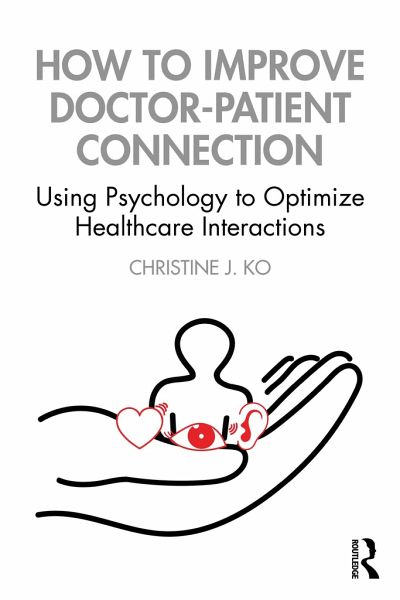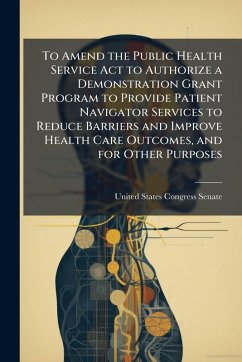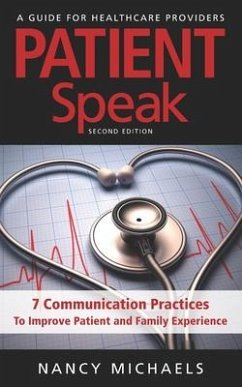
How to Improve Doctor-Patient Connection
Using Psychology to Optimize Healthcare Interactions
Versandkostenfrei!
Versandfertig in über 4 Wochen
32,99 €
inkl. MwSt.
Weitere Ausgaben:

PAYBACK Punkte
16 °P sammeln!
How to Improve Doctor-Patient Connection offers actionable steps for improving communication between health professionals and patients based on visual, auditory, and emotional understanding from the principles of cognitive psychology.













